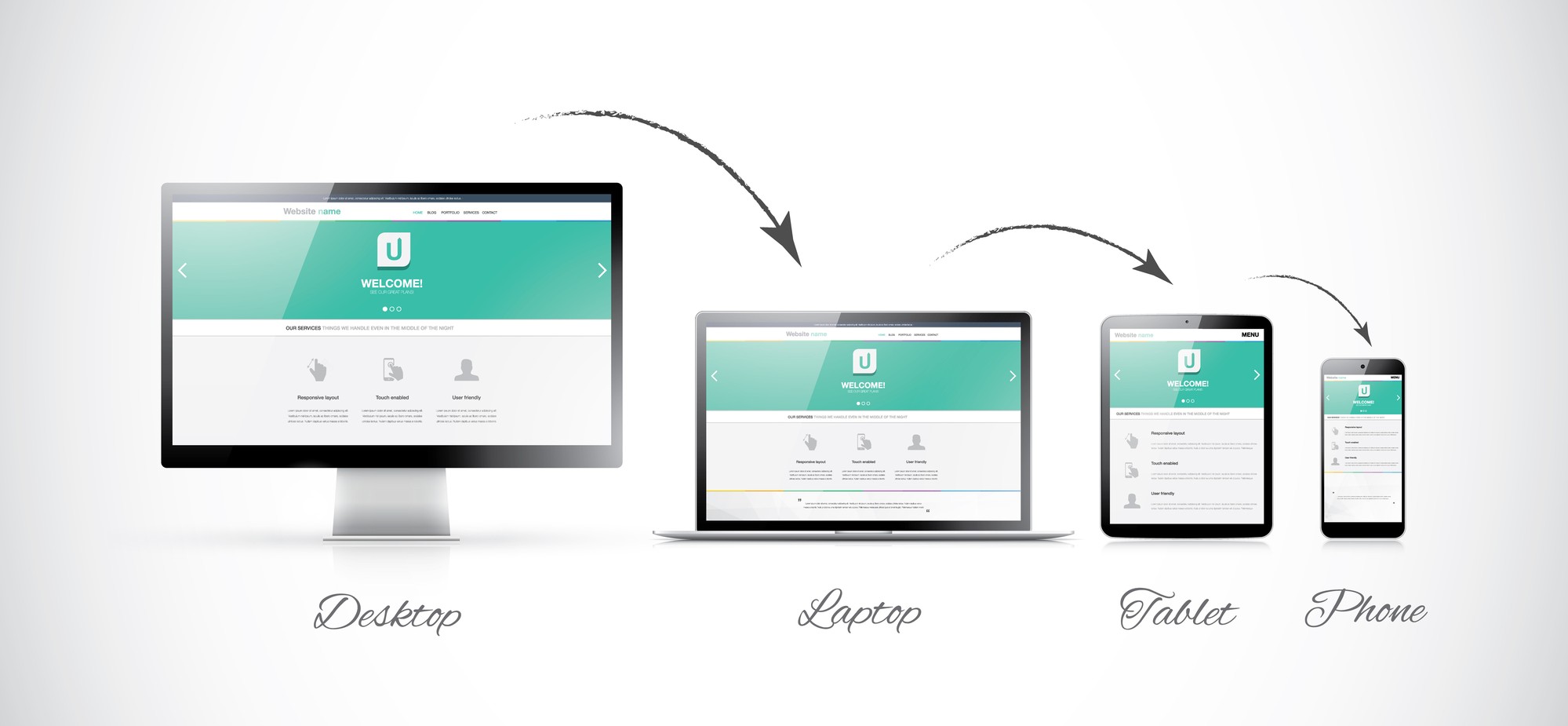Web Design Project Guide: Proven Client Strategies
A Client’s Guide to a Successful Web Design Project
A successful web design project requires more than just skilled web designers and developers—it demands effective collaboration between all parties involved. While many businesses focus solely on finding the right agency or freelancer, they often overlook their crucial role in the project’s success. Understanding how to be an effective client can transform a website project from a potentially frustrating experience into a smooth, successful endeavor that delivers exceptional results.
Essential Client Responsibilities
Defining Clear Project Requirements
Every successful web design project starts with crystal-clear requirements. Rather than using vague descriptions like “make it modern,” document specific needs including target audience, business objectives, desired functionality, and design preferences. Create a comprehensive brief highlighting websites you admire and explaining what specific elements appeal to you. This clarity helps your web design team deliver precisely what you envision.
Maintaining Project Scope Integrity
One of the biggest threats to any web design project is scope creep. Avoid introducing major changes midway through development, such as suddenly requesting an e-commerce section or complete layout overhaul. Instead, invest time in thorough initial planning and stick to the agreed-upon scope. If changes become necessary, discuss their impact on timeline and budget before proceeding.
Implementing Effective Feedback Processes
A web design project thrives on timely and organized feedback. Designate a primary contact person to consolidate input from all stakeholders. Provide specific feedback at each milestone rather than waiting until the final stages. This approach keeps the project moving forward efficiently and prevents bottlenecks.
Critical Mistakes to Avoid as a Client
Skipping the Discovery Phase
Many clients rush into web design projects without a proper discovery phase. This critical stage helps identify business goals, user needs, and technical requirements. Without it, projects often face major revisions later, leading to increased costs and delayed launches. Take time to thoroughly discuss your business model, target audience, and competitive advantages with your design team before diving into design work.
Neglecting Website Performance Metrics
While aesthetics are important, overlooking performance metrics can doom your web design project. Loading speed, mobile responsiveness, and core web vitals significantly impact user experience and search engine rankings. Ensure your design team prioritizes these technical aspects alongside visual appeal. Discuss specific performance goals early in the project and make them part of your acceptance criteria.
Underestimating Content Requirements
Content creation often becomes the biggest bottleneck in web design projects. Many clients don’t realize the extent of content needed until development is underway. This includes not just text, but also high-quality images, videos, testimonials, product descriptions, and legal documents. Start content creation early and consider hiring professional copywriters if needed. Remember that placeholder content rarely leads to optimal design decisions.
Ignoring Search Engine Optimization (SEO)
Treating SEO as an afterthought can severely limit your website’s effectiveness. Your web design project should incorporate SEO best practices from the start, including proper heading structure, URL planning, meta descriptions, and content organization. Discuss SEO requirements with your team early and ensure the design supports your optimization goals.
Failing to Plan for Post-Launch Maintenance
A web design project doesn’t end at launch. Many clients overlook the need for ongoing maintenance, security updates, content updates, and performance monitoring. This oversight can lead to deteriorating performance, security vulnerabilities, and outdated content. Develop a clear post-launch maintenance plan and budget accordingly. Consider setting up automated monitoring tools and regular maintenance schedules.
Overlooking Analytics and Tracking Setup
Without proper analytics, you can’t measure your website’s success or make data-driven improvements. Ensure your web design project includes setting up comprehensive analytics tracking, heat mapping tools, and conversion monitoring. Define key performance indicators (KPIs) early and ensure your design team implements appropriate tracking mechanisms.
Delayed Response Times
Poor response time is one of the biggest project killers in web design. When clients take days or weeks to reply to critical questions, provide feedback, or approve designs, the entire project timeline suffers. These delays don’t just create scheduling issues – they can impact the project’s momentum, cause resource allocation problems, and potentially increase costs. Many clients don’t realize that a simple 3-day delay in feedback can result in a week or more of project setbacks, as designers and developers often need to switch to other projects while waiting for responses.
Set up a clear communication schedule from the start. Commit to responding to critical questions within 24 hours and establish regular check-in times.
Appoint a dedicated point person who has the authority to make decisions and provide quick responses. Remember that your design team relies on your timely input to maintain project momentum and meet deadlines effectively.
Unclear Instructions and Feedback
Vague or ambiguous communication can be just as damaging as delayed responses. Many clients provide unclear feedback like “make it pop,” “it needs to be more modern,” or “I don’t like it” without explaining what specifically isn’t working. This lack of clarity forces design teams to guess at solutions, often leading to multiple revision rounds that could have been avoided with clearer initial direction.
When providing feedback, be specific about what isn’t working and why. Instead of saying “I don’t like the design,” explain exactly which elements are problematic – for example, “The blue shade in the header doesn’t match our brand guidelines” or “The contact form needs more spacing between fields for better readability.”
Use screenshots or reference websites to illustrate your points when possible.
Remember that your design team can’t read minds; they rely on your clear, detailed input to create the website you envision. Consider using a structured feedback format that addresses specific aspects like layout, functionality, colors, and content separately.
Web Design Project Success Factors
Respecting Professional Expertise
While your input is valuable, avoid micromanaging your web design project team. Focus on communicating your brand vision and business goals while trusting their expertise in implementation. This balance leads to better outcomes and more innovative solutions.
Content and Asset Management
A web design project’s success often hinges on proper content preparation. Have all necessary materials—including high-resolution images, polished copy, and brand assets—ready before the project begins. This preparation prevents delays and ensures consistent quality throughout the web design process.
Mobile-First Mindset
In today’s digital landscape, your web design project must prioritize mobile users. Embrace responsive design principles and focus on user experience across all devices. This approach ensures your website serves all visitors effectively, regardless of how they access it.
Building Strong Project Partnerships
Communication Excellence
Maintain open dialogue throughout your web design project. Address concerns promptly, ask questions when needed, and keep your team informed of any changes that might impact development. Regular, clear communication prevents misunderstandings and keeps the project on track.
Process Adherence
Trust your web design project team’s established methodologies. These processes have been refined through numerous successful projects and are designed to deliver optimal results. Stay engaged while respecting the proven workflow your team has in place.
Post-Launch Considerations
Every web design project should include discussions about post-launch support and maintenance. Understand what ongoing services are included in your package and plan for future updates and improvements. This forward-thinking approach ensures your website remains effective long after launch.
Conclusion
Success in a web design project comes from understanding and embracing your role as a client. By avoiding common pitfalls and following industry best practices, you create an environment where your online can flourish. Remember that the best results come from treating your website development as a collaborative partnership between your business expertise and your team’s technical knowledge. When you combine thorough preparation, effective communication, and partnership with an experienced team, your website design project becomes an investment that delivers lasting value for your business.
Related Posts
Website Design Company Near Me: Best Local vs Remote Options
Struggling to choose between a website design company near me and outsourcing? Discover the pros, cons, and costs of each...
7 Tips to Choose the Best Domain Name for Your Website
Finding the perfect domain name for your business requires careful consideration and strategic thinking. Follow these steps to get it...
How Much Does a Website Cost? (2015)
Curious how much a website should really cost? Xtreme Websites breaks it down with transparency and strategy, showing what you...









